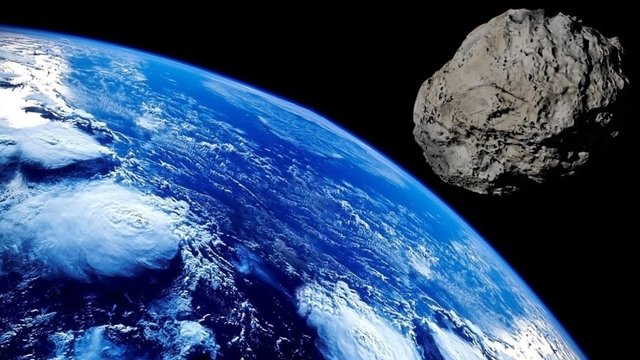NASA report asteroid threaten to the earth

Asteroids are small rocky or metallic bodies that orbit the sun. Most asteroids are found in the asteroid belt between Mars and Jupiter, but some stray into the inner solar system, including near-Earth space. Occasionally, asteroids can collide with the Earth, which can have catastrophic consequences.
When an asteroid is on a trajectory that brings it close to Earth, it is referred to as a near-Earth object (NEO). NEOs are of particular concern because they pose a potential threat to our planet. While most NEOs do not pose a significant risk, some can be large enough to cause serious damage or even mass extinctions.
If an asteroid were to collide with Earth, the effects would depend on its size, composition, and velocity. Smaller asteroids, less than 100 meters in diameter, would likely explode in the atmosphere and cause relatively little damage on the ground. However, larger asteroids could cause significant damage on impact, such as creating tsunamis, massive fires, and earthquakes.
In recent years, scientists have become increasingly concerned about the threat posed by NEOs. This has led to the development of programs such as NASA's Near-Earth Object Observations Program, which aims to detect, track, and study NEOs to better understand their properties and trajectories.
If an asteroid were detected on a collision course with Earth, there are a few options for mitigating the impact. One option is to use a spacecraft to deflect the asteroid's trajectory by using a gravity tractor, which would use the spacecraft's gravitational pull to gradually alter the asteroid's course. Another option is to use a kinetic impactor, which would involve slamming a spacecraft into the asteroid at high velocity to alter its trajectory.
It is also possible to use nuclear explosives to deflect or destroy an asteroid. However, this option is highly controversial due to the potential for creating additional hazards, such as creating radioactive debris that could rain down on Earth.
In conclusion, asteroids approaching Earth are a real and serious concern for scientists and policymakers. While the chances of a catastrophic impact are relatively low, the consequences could be severe. It is therefore important to continue to study NEOs and develop strategies for detecting and mitigating potential threats.